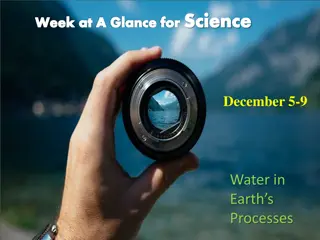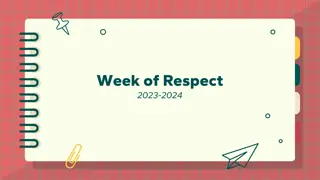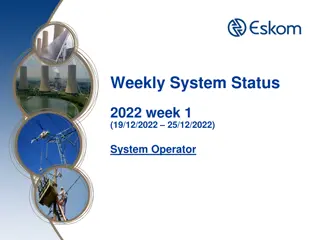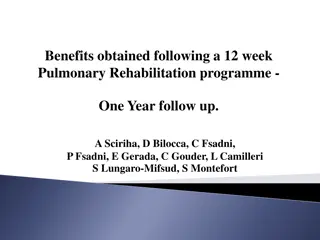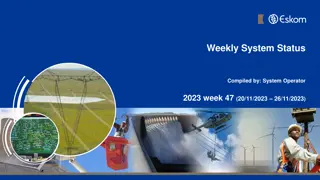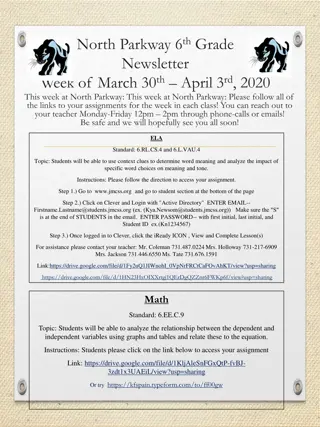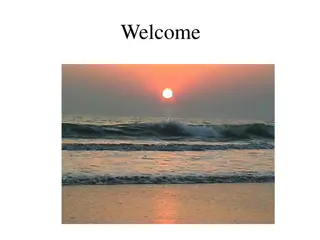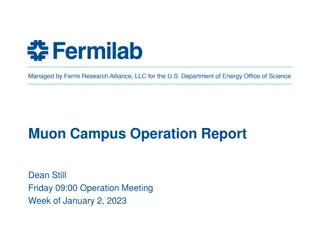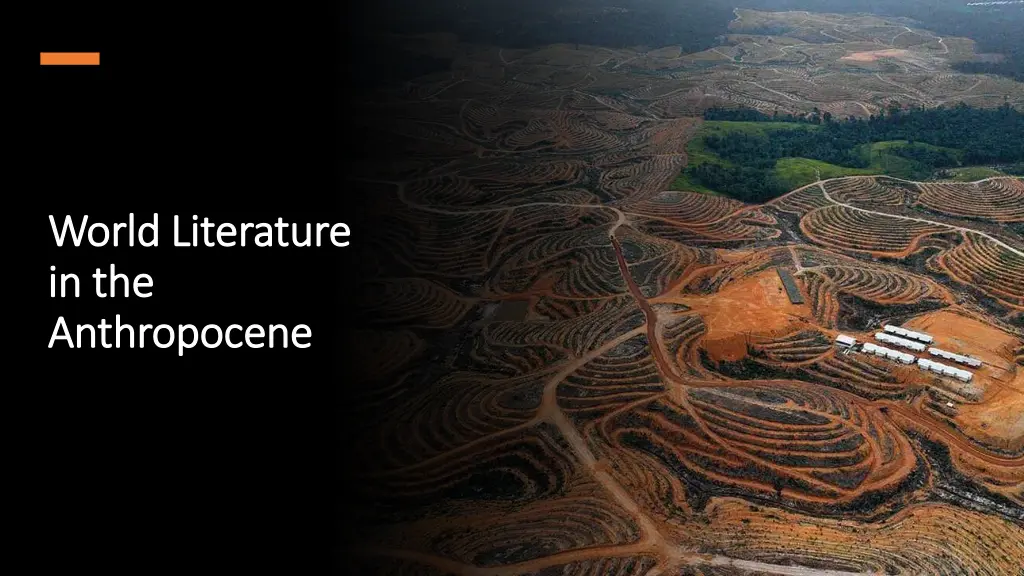
Literature in the Anthropocene: Exploring World History and Environmental Perspectives
Delve into the interconnected relationship between world literature, history in the Anthropocene, and environmental perspectives. From dating the Anthropocene to postcolonial studies and ecocriticism, this exploration offers insights into global transformations and urgent planetary narratives.
Download Presentation

Please find below an Image/Link to download the presentation.
The content on the website is provided AS IS for your information and personal use only. It may not be sold, licensed, or shared on other websites without obtaining consent from the author. If you encounter any issues during the download, it is possible that the publisher has removed the file from their server.
You are allowed to download the files provided on this website for personal or commercial use, subject to the condition that they are used lawfully. All files are the property of their respective owners.
The content on the website is provided AS IS for your information and personal use only. It may not be sold, licensed, or shared on other websites without obtaining consent from the author.
E N D
Presentation Transcript
World Literature World Literature in the in the Anthropocene Anthropocene
Dating the Anthropocene? 1784 James Watt s patenting of the steam engine? 1.8 million years ago with the mastery of fire? post-45/1964 with the Great Acceleration ? 1610 the Orbis Spike / the elimination of nearly 90% of indigenous peoples in the Americas (55 million), which led to the little ice age of the 17th-century?
Bruce Robbins: How do you tell the history of the world? Not long ago this question would have seemed naive . Now, however, in the context of the decline of American power and the rise of China , as well as global warming and other looming resource-related catastrophes , urgent reasons have made themselves felt [. . .] for trying to make sense of history on a planetary scale (n+1 magazine, 2013).
Jason W. Moore: By the dawn of the 21st century, it had become increasingly difficult to address core issues in social theory and social change without some reference to environmental change. [. . .] The environment is now firmly established as a legitimate and relevant object of analysis ( From Object to Oikeios: Environment-Making in the Capitalist World- Ecology, 2013: 1).
Postcolonial studies and ecocriticism as offering correctives to one anothers blindspots For postcolonial studies it was necessary to more clearly foreground the ecological devastation entailed by colonialism and imperialism, For ecocriticism, postcolonial perspectives offered a necessary corrective to the field s tendency towards First Worldism and its privileging of North American wilderness narratives and British Romanticism. Works interrogating intersection of two fields: Lawrence Buell, The Future of Environmental Criticism (2005); Ursula Heise, Sense of Place, Sense of Planet: Environmental Imagination of the Global (2008); Graham Huggan and Helen Tiffen, Postcolonial Ecocriticism (2009); Pablo Mukherjee, Postcolonial Environments (2010); Elizabeth DeLoughrey and George B. Handley s Postcolonial Ecologies (2011); and Rob Nixon s Slow Violence and the Environmentalism of the Poor (2011).
What is the world in world literature? the planet/the whole world? the global public sphere (or marketplace) in which great texts are translated and circulate? the capitalist world-system?
Geological terms rarely become articles of fashion: great changes in the surface of the earth, generally unfolding so slowly as to mock the brief careers of civilisations, offer no analogy to the far more rapid and reversible developments of political and intellectual life. But the vogue for the Anthropocene makes sense. It expresses, first, an awareness that environmental change of the most durable significance is taking place as we speak, with unaccustomed speed. [. . .] Second, the Anthropocene gathers all disparate environmental issues under a single heading, from global warming down to the emissions of a trash incinerator in a poor neighbourhood of Birmingham [. . .] What was once true about the now pass term postmodernism is true for the Anthropocene today: it names an effort to consider the contemporary world historically, in an age that otherwise struggles with its attention span. Benjamin Kunkel, The Capitalocene , London Review of Books, 39.5 (2017)
by virtue of their means of production, booksare looped into regional ecosystem failure, their paper made from cooking wood chips until the tightly bound wood fiber separate into pulp, a process that consumes a tremendous amount of fresh water which is why paper mills are often built next to rivers books are implicated in global climate change since the book industry is the fourth-largest industrial emitter of greenhouse gasses (Stephanie LeMenager, Petro-melancholia 2011: 49-50)
In the course of the 1990s, climate change also began to make its way into the cultural imagination. Like other processes of global systemic transformation, ecological or not, climate change poses a challenge for narrative and lyrical forms that have conventionally focused above all on individuals, families, or nations, since it requires the articulation of connections between events at vastly different scales. (Ursula Heise, Sense of Place, Sense of Planet p. 207)
Are the currents of global warming too wild to be navigated in the accustomed barques of narration? But the truth, as is now widely acknowledged, is that we have entered a time when the wild has become the norm: if certain literary forms are unable to negotiate these torrents, then they will have failed and their failures will have to be counted as an aspect of the broader imaginative and cultural failure that lies at the heart of the climate crisis. (Amitav Ghosh, The Great Derangement, p. 14).
the tunneling operation uncovered a huge deposit of extremely (90-99 percent) pure silica, a key factor in the electroprocessing of steel. Tunnel construction was quickly transformed into a mining operation; the tunnel s width was doubled and the fast dry-drilling method used to facilitate the extraction of silica, which was then shipped to Electro-MetallurgicaI s processing plant in Alloy, West Virginia. According to the US. Bureau of Mines, silica was to be mined with hydraulic water drills, which raised less silica dust than dry drills, and miners were to wear safety masks with filters at the mouth. Union Carbide s insistence on drilling the tunnel dry resulted in the release of tons of silica dust, and the company s refusal to provide safety masks to the workers, who would have had to stop every hour to rinse dust from the filters, caused between 476 and 2,000 miners deaths from silicosis (Michael Thurston, Documentary Modernism as Popular Front Petics: Muriel Rukeyser s Book of the Dead, MLQ, 60)
From the late nineteenth century until the 1970s, this area was nostalgically described as the last place in the country where time stood still, preserving the vanishing American frontier life. Presuming that the region had not undergone the normal linear advance toward modernity, journalists and intellectuals contended that isolation froze Appalachians into a folk world of small, isolated, homogeneous societies shaped by the traditions of early settlers. Fascinated with the imagery of a strange land and a peculiar folk, Americans still view Southern Appalachia as one of the most distinct subregions left in the United States (The First American Frontier: Transition to Capitalism in Southern Appalachia, 1700-1860).


